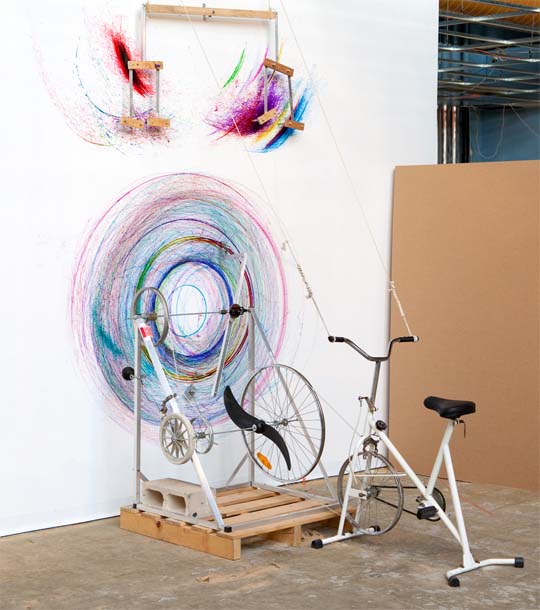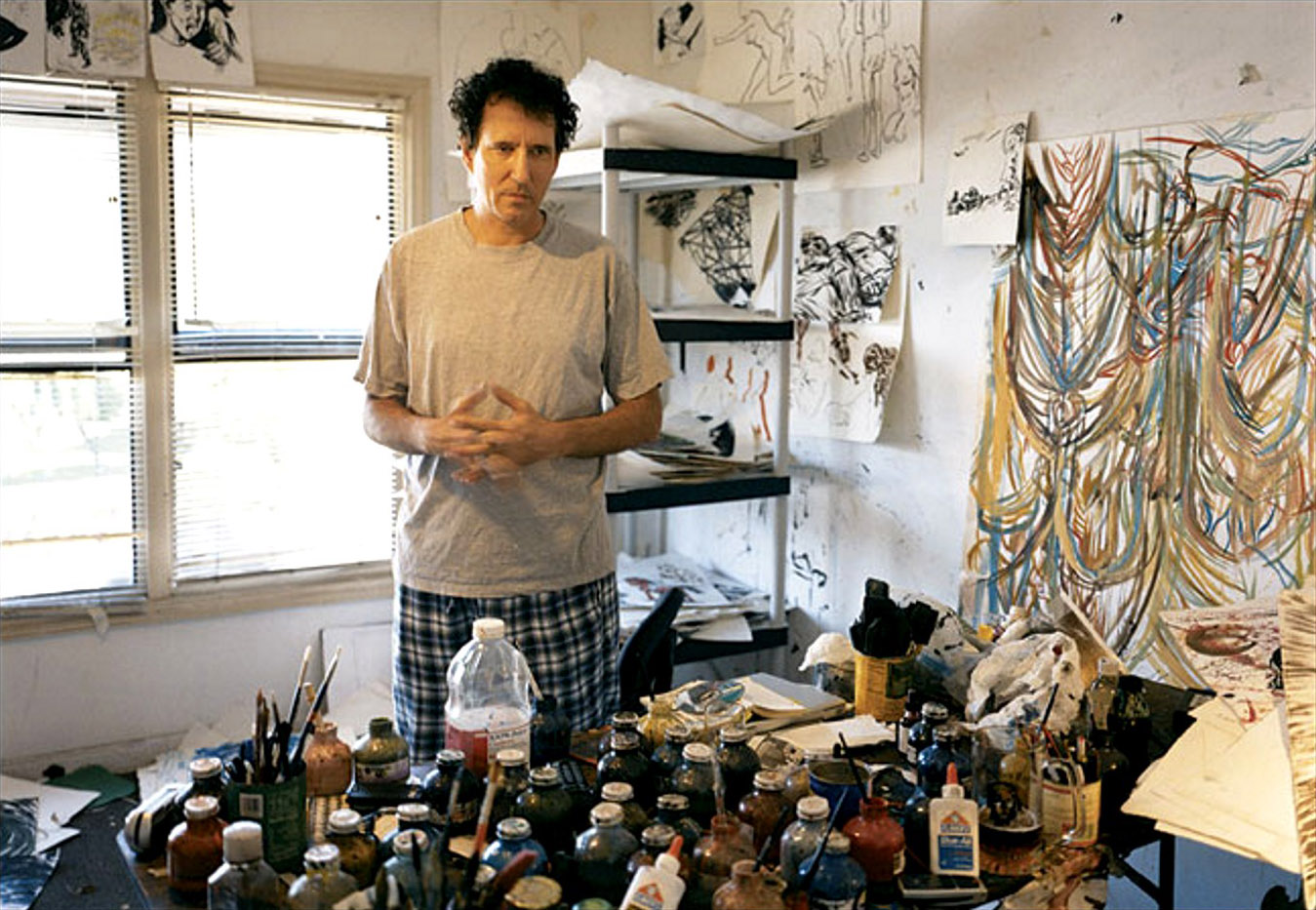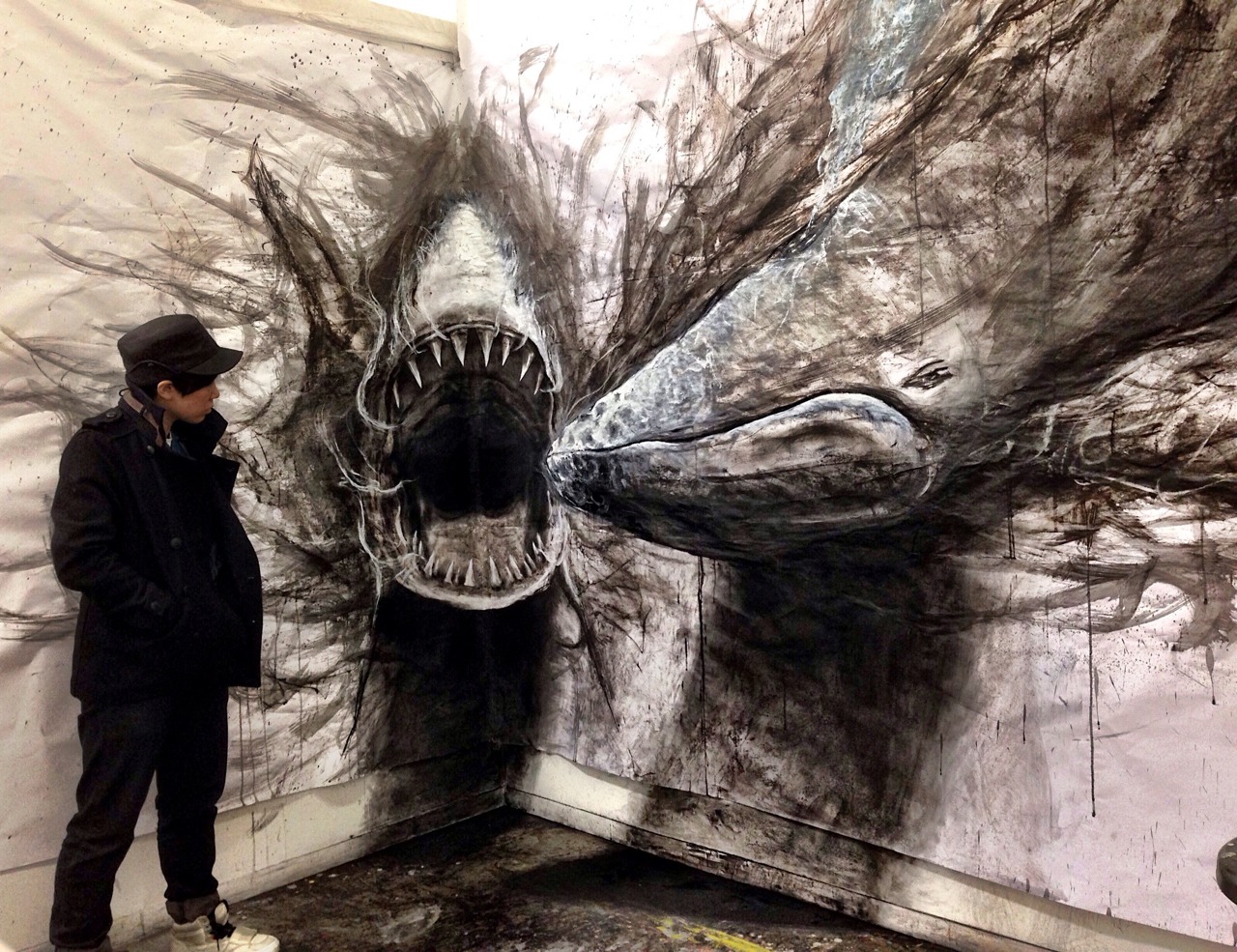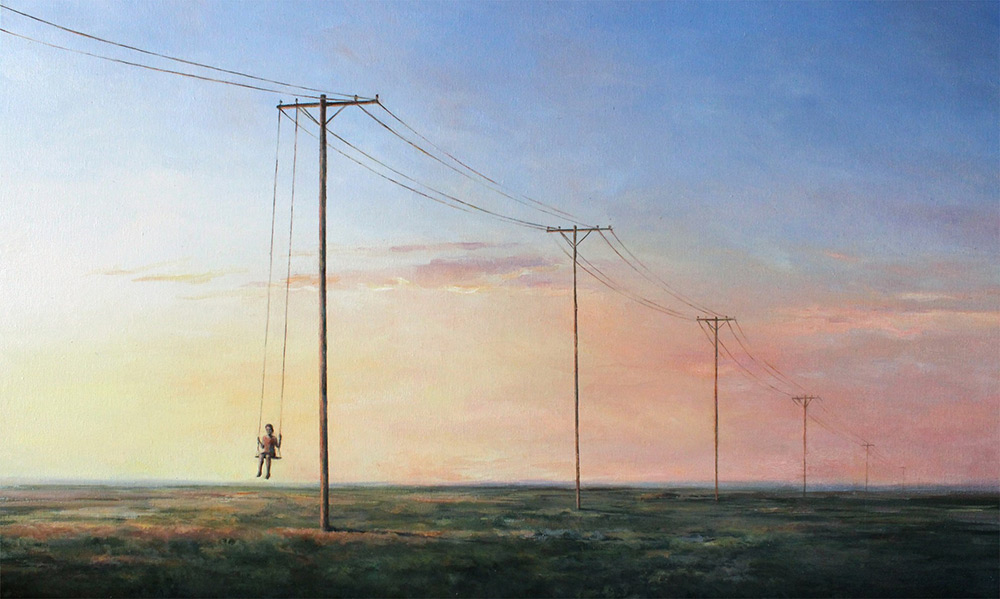The resurgence in drawing in recent years is a refreshing step away from the deluge of conceptual art pieces of the 1990’s. Not that there hasn’t ever been a time when drawing was not essential to the production of art, but it seems that there are more exhibitions devoted entirely to hand-drawn art now than at any other point in the last 50 years.
To boot, there has also been an increased interest in the study of illustration, with professional illustration schools coming into prominence in recent years… and it’s easy to see why.
Drawing is instantly accessible. There is not one person who has not drawn something at least once in their lives. Drawing can be used in all manner of settings, from detailed anatomical drawings from the field of biology and architectural drafts to illustration, tattoos and comics with a subversive undercurrent. From the simple process of mark-making to more complex abstract techniques there is a wealth of artists producing fantastically emotive pieces which are bringing the art of draftsmanship right into the forefront of 21st century art.
The Versatility of the Medium
 Illustration is notably versatile, with an amazing variety of different mark making processes which are bringing a new breath of life into this traditional art form. The mediums used can be as diverse as the artists. Thinking beyond pens and paper, anything can be used in the creation of great illustration, from using rocks and bones as a canvas to Joseph L. Griffiths amazing bicycle drawing machine.
Illustration is notably versatile, with an amazing variety of different mark making processes which are bringing a new breath of life into this traditional art form. The mediums used can be as diverse as the artists. Thinking beyond pens and paper, anything can be used in the creation of great illustration, from using rocks and bones as a canvas to Joseph L. Griffiths amazing bicycle drawing machine.
Part of the reason so many artists are returning to illustration as a medium for creative expression is the fact that it is relatively inexpensive to produce and does not typically require investment into a huge studio. This makes drawing the perfect medium for today’s troubled economic times, especially for young artists who are struggling in a climate that would never have supported the likes of a young Damian Hirst or Rachel Whiteread in the early years of their careers.
The Roots of the Movement
While the resurgence in the art of drawing may seem like the antithesis of the great conceptual pieces of the end of the last century, the roots of the movement started at the same time.
For example, in LA in the 1990s the drawings of Ray Pettibon were being distributed through the growing e-zine movement, as well as being exhibited in various locations around Los Angeles and New York.

While he was one of the most well known artists of this period, there were plenty of others who were already moving towards this simpler and more accessible aesthetic.
Known as ‘Low-Brow’ or ‘Pop-Surrealism’, there were clusters of artists across the scene who were re-visiting the techniques of the 60s with hand drawn lettering and detailed pattern making. These techniques have unquestionably become a driving part of the revival of the folk art movement and the increased appeal of the hand drawn image. At the same time there were many more fine artists working with embroidery or beading to create work which is beautifully individual and unique.
It seems that the greater hold the digital age has on our collective consciousness, the more people crave the craftsmanship that goes into making a truly unique, one off piece.
Illustration to Make Sense of a Turbulent World
Although the art of drawing has always been an integral part of creating pieces in all different mediums, the idea that a hand-drawn illustration can indeed be a finished piece of work is something to be embraced. There are some truly innovative approaches happening in contemporary drawing which see the conventional being turned on its head as the art world reawakens its sense to the immediacy and purity of the mark-making process.

In an age where digitally-produced art seems all-consumng, today’s renewed interest in this most fundamental of artistic techniques is a sign of the times as society enters one of the most challenging periods it has seen for centuries. The immediacy and creativity of the process allows the concepts of social and political turmoil to be addressed in the most simplistic of lines and forms.
Adobe Illustrator and Photoshop have changed the industry landscape forever – generally for the best – but hand-drawn illustrations can be created anywhere, with anything the artist has to hand which makes it one of the purest forms of expression in an increasingly turbulent world.

Whatever the medium for the process of mark-making (and whatever the digital die-hards might proclaim), the art of contemporary illustration is still integral to the creative interpretation of the 21st century.